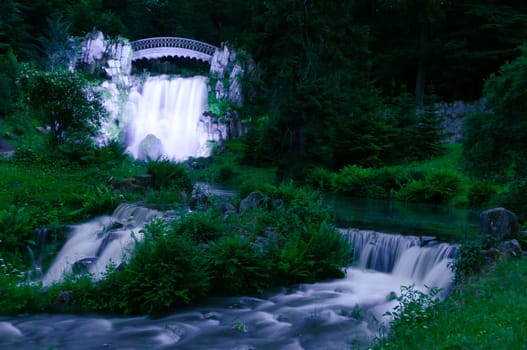- Filter By:
-
-
Stock photos and images of username:runzelkorn

Kassel Friedrichsplatz
Stock PhotoUsername
runzelkornResolution
4288x2848pxKassel Friedrichsplatz


Kassel Large greenhouse in Bergpark Wilhelmshöhe
Stock PhotoUsername
runzelkornResolution
4288x2848pxKassel Large greenhouse in Bergpark Wilhelmshöhe
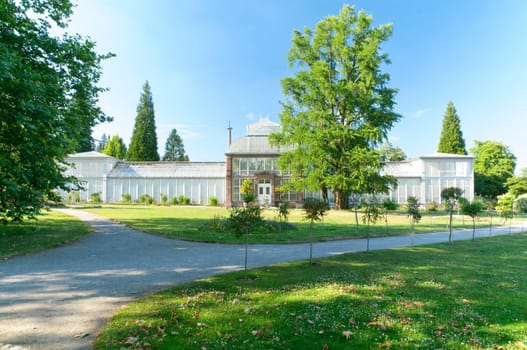

Kassel view of the city center in the morning light
Stock PhotoUsername
runzelkornResolution
4185x2779pxKassel view of the city center in the morning light
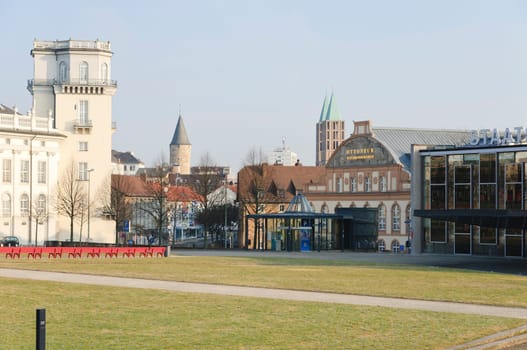

Kassel Hessian State Museum
Stock PhotoUsername
runzelkornResolution
3994x2653pxKassel Hessian State Museum


Kassel Karlsaue,view of the kitchen moat
Stock PhotoUsername
runzelkornResolution
4288x2848pxKassel Karlsaue,view of the kitchen moat

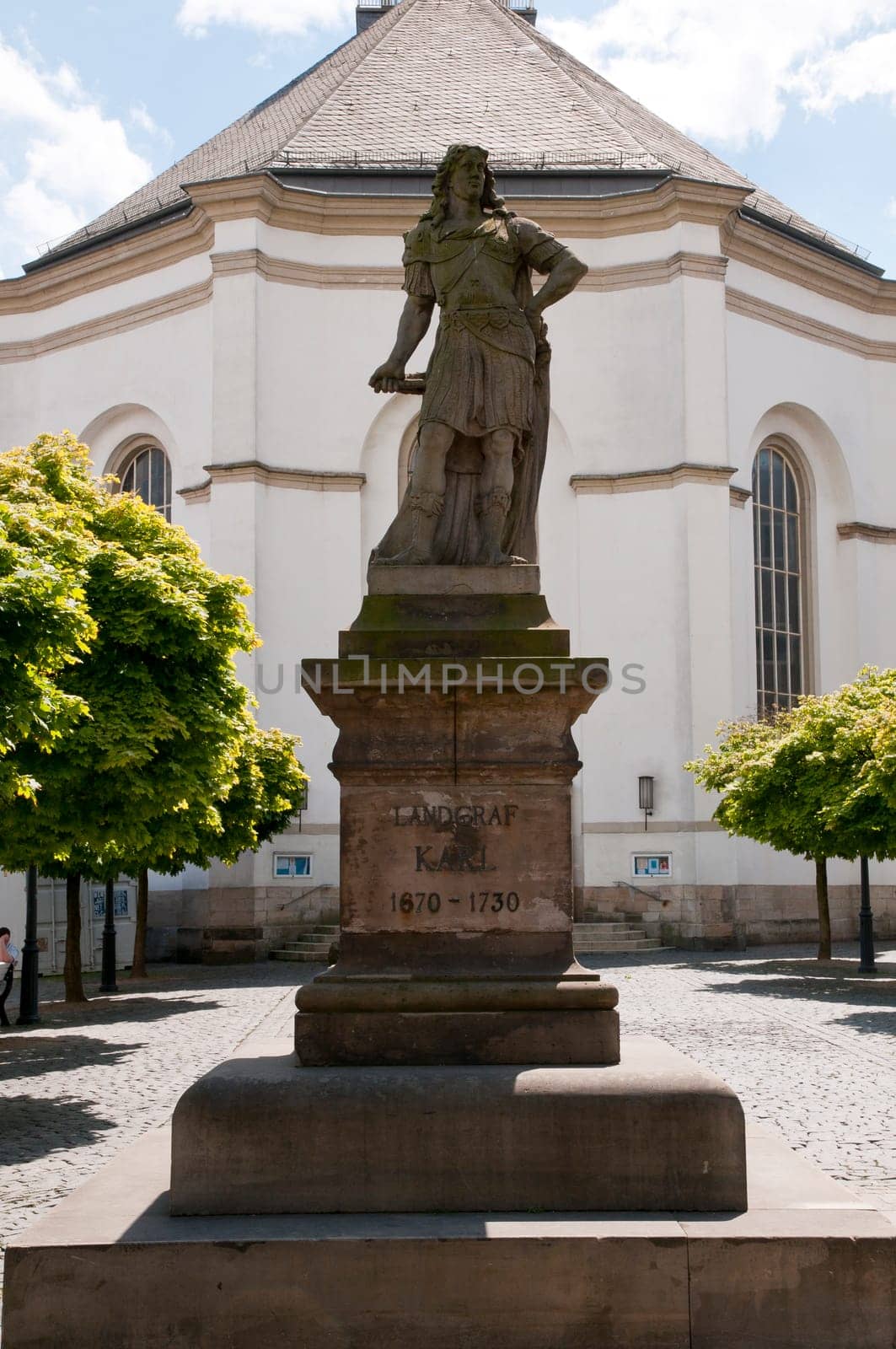
Kassel Monument Landgrave Karl
Stock PhotoUsername
runzelkornResolution
2848x4288pxKassel Monument Landgrave Karl


Kassel Löwenburg in Bergpark Wilhelmshöhe
Stock PhotoUsername
runzelkornResolution
4288x2848pxKassel Löwenburg in Bergpark Wilhelmshöhe


Kassel Karlsaue with Orangery
Stock PhotoUsername
runzelkornResolution
4288x2848pxKassel Karlsaue with Orangery


Kassel Löwenburg in Bergpark Wilhelmshöhe
Stock PhotoUsername
runzelkornResolution
4243x2818pxKassel Löwenburg in Bergpark Wilhelmshöhe


Kassel Löwenburg in Bergpark Wilhelmshöhe
Stock PhotoUsername
runzelkornResolution
4217x2801pxKassel Löwenburg in Bergpark Wilhelmshöhe


Kassel Karlsaue with Orangery
Stock PhotoUsername
runzelkornResolution
4288x2848pxKassel Karlsaue with Orangery


Kassel Karlsaue with Orangery
Stock PhotoUsername
runzelkornResolution
4288x2848pxKassel Karlsaue with Orangery


Kassel Karlsaue with orangery in the morning light
Stock PhotoUsername
runzelkornResolution
4255x2826pxKassel Karlsaue with orangery in the morning light


Kassel Karlsaue with orangery in the morning light
Stock PhotoUsername
runzelkornResolution
2788x4198pxKassel Karlsaue with orangery in the morning light
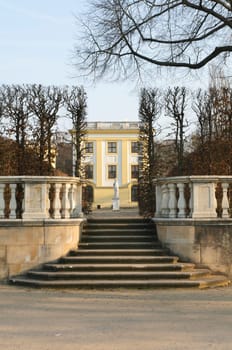

Kassel Karlsaue with Orangery
Stock PhotoUsername
runzelkornResolution
4247x2821pxKassel Karlsaue with Orangery

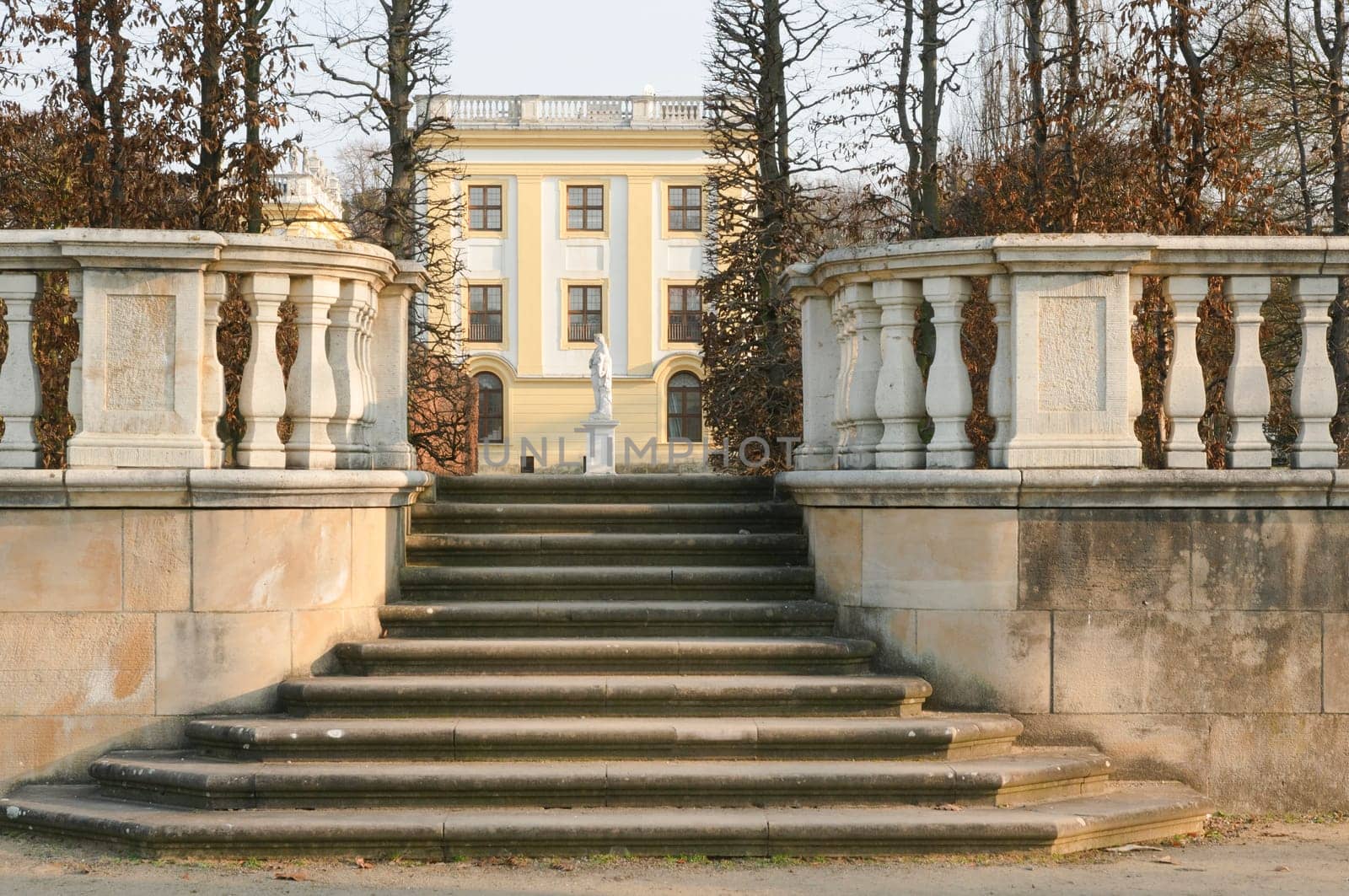
Kassel Karlsaue with orangery in the morning light
Stock PhotoUsername
runzelkornResolution
4288x2848pxKassel Karlsaue with orangery in the morning light


Kassel Karlsaue with Orangery
Stock PhotoUsername
runzelkornResolution
4288x2848pxKassel Karlsaue with Orangery
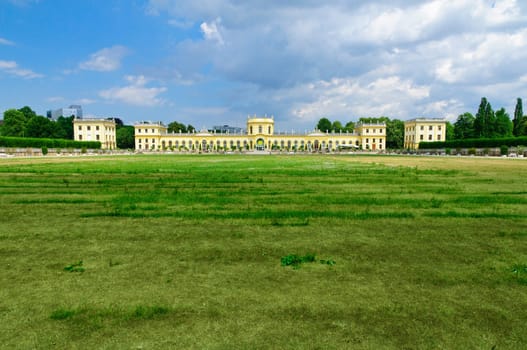

Kassel Karlsaue with orangery in the morning light
Stock PhotoUsername
runzelkornResolution
4288x2848pxKassel Karlsaue with orangery in the morning light


Kassel Karlsaue with Orangery
Stock PhotoUsername
runzelkornResolution
4288x2848pxKassel Karlsaue with Orangery


Kassel Natural History Museum Ottoneum
Stock PhotoUsername
runzelkornResolution
4207x2794pxKassel Natural History Museum Ottoneum


Kassel Natural History Museum Ottoneum
Stock PhotoUsername
runzelkornResolution
4217x2801pxKassel Natural History Museum Ottoneum


Kassel Natural History Museum Ottoneum
Stock PhotoUsername
runzelkornResolution
4183x2778pxKassel Natural History Museum Ottoneum


Kassel,Rothenberg Estate
Stock PhotoUsername
runzelkornResolution
4097x2721pxKassel,Rothenberg Estate


Kassel,Rothenberg Settlement Panorama
Stock PhotoUsername
runzelkornResolution
4720x1727pxKassel,Rothenberg Settlement Panorama


Kassel,Rothenberg Estate
Stock PhotoUsername
runzelkornResolution
4241x2817pxKassel,Rothenberg Estate


View of Kassel with Wilhelmshöhe Palace
Stock PhotoUsername
runzelkornResolution
4288x2848pxView of Kassel with Wilhelmshöhe Palace


Kassel Schloss Wilhelmshöhe
Stock PhotoUsername
runzelkornResolution
4277x2840pxKassel Schloss Wilhelmshöhe


Kassel,Ständehaus
Stock PhotoUsername
runzelkornResolution
4055x2693pxKassel,Ständehaus


Kassel Schloss Wilhelmshöhe
Stock PhotoUsername
runzelkornResolution
4288x2848pxKassel Schloss Wilhelmshöhe


Kassel Schloss Wilhelmshöhe city side
Stock PhotoUsername
runzelkornResolution
4288x2848pxKassel Schloss Wilhelmshöhe city side
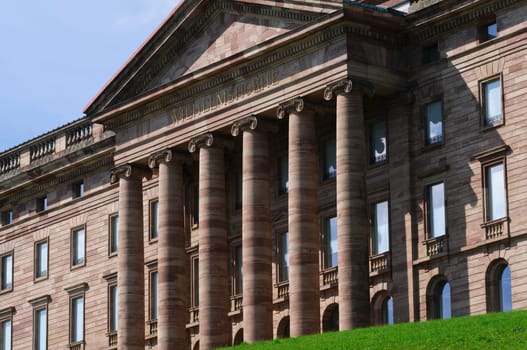

Kassel Schloss Wilhelmshöhe
Stock PhotoUsername
runzelkornResolution
4288x2848pxKassel Schloss Wilhelmshöhe
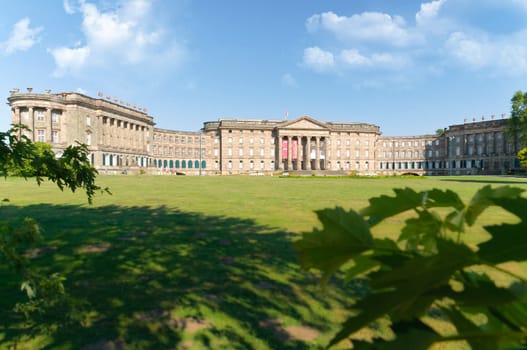

Kassel Schloss Wilhelmshöhe city side
Stock PhotoUsername
runzelkornResolution
4288x2848pxKassel Schloss Wilhelmshöhe city side


Kassel Schloss Wilhelmshöhe
Stock PhotoUsername
runzelkornResolution
4288x2848pxKassel Schloss Wilhelmshöhe


Kassel Schloss Wilhelmshöhe city side
Stock PhotoUsername
runzelkornResolution
4288x2848pxKassel Schloss Wilhelmshöhe city side


Kassel Schloss Wilhelmshöhe
Stock PhotoUsername
runzelkornResolution
4288x2848pxKassel Schloss Wilhelmshöhe
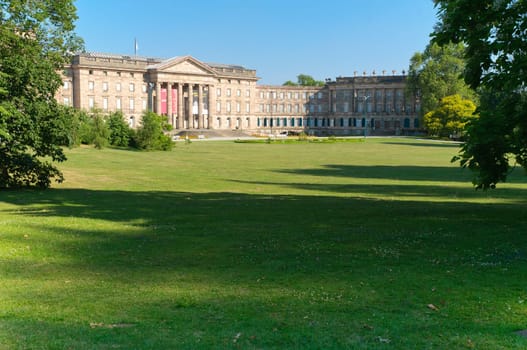

Kassel Schloss Wilhelmshöhe
Stock PhotoUsername
runzelkornResolution
4288x2848pxKassel Schloss Wilhelmshöhe

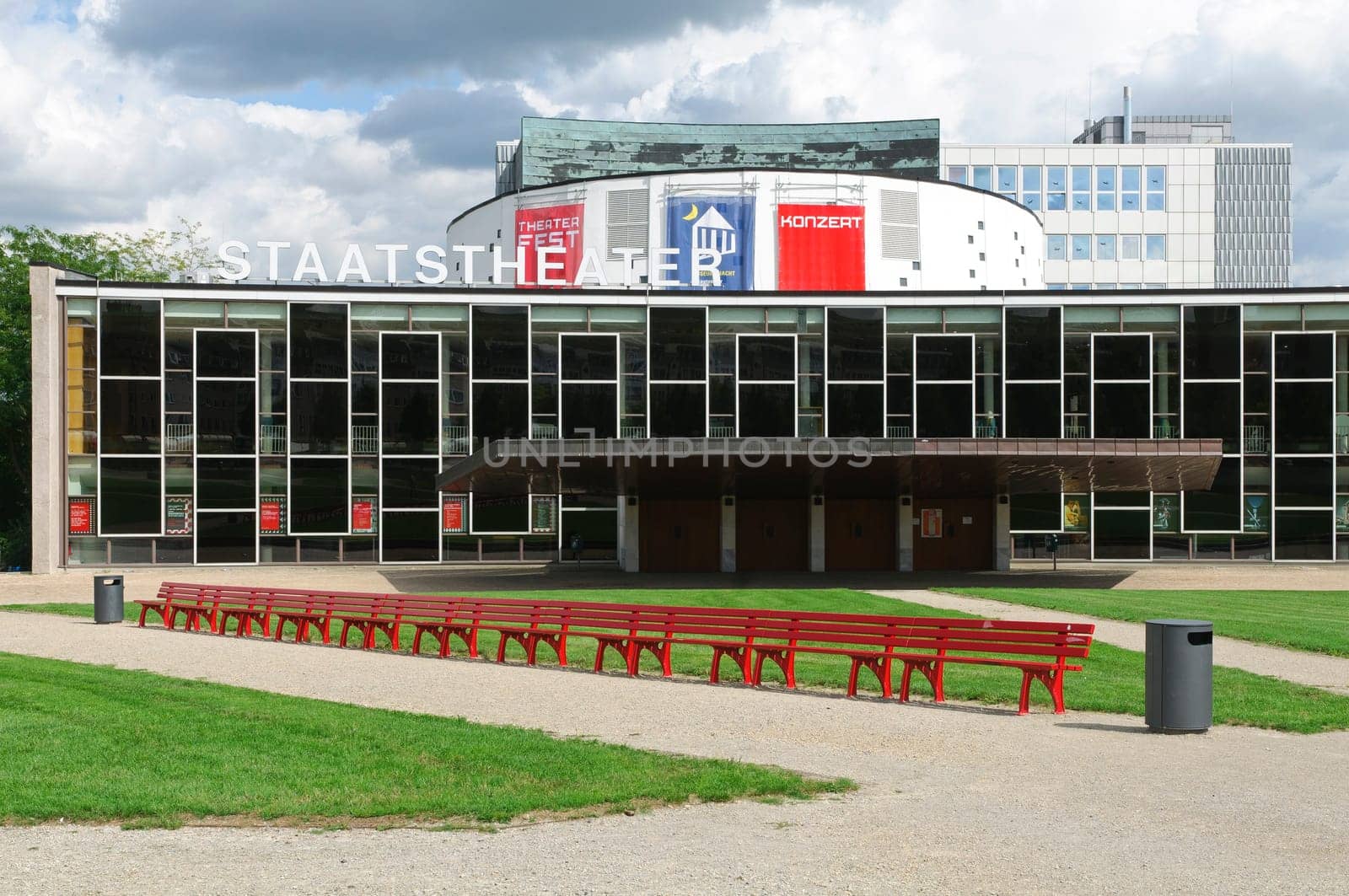
Kassel State Theatre
Stock PhotoUsername
runzelkornResolution
4288x2848pxKassel State Theatre


Kassel,Ständehaus
Stock PhotoUsername
runzelkornResolution
4165x2766pxKassel,Ständehaus
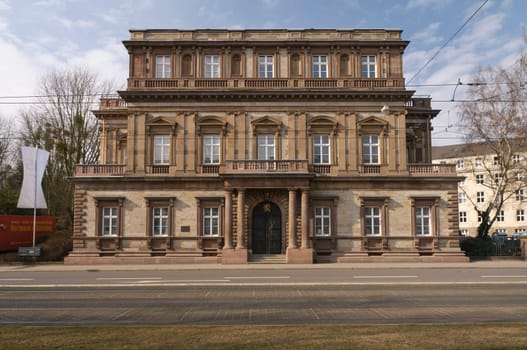

Kassel Torwache in the morning light
Stock PhotoUsername
runzelkornResolution
4288x2848pxKassel Torwache in the morning light


Kassel,Treppenstraße
Stock PhotoUsername
runzelkornResolution
3885x2580pxKassel,Treppenstraße


Kassel University GHK
Stock PhotoUsername
runzelkornResolution
4200x2790pxKassel University GHK
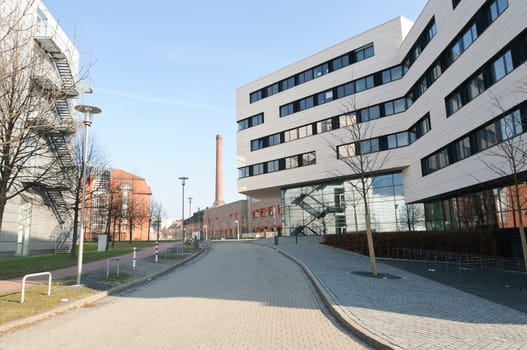

Kassel University GHK
Stock PhotoUsername
runzelkornResolution
4116x2734pxKassel University GHK


Kassel University GHK
Stock PhotoUsername
runzelkornResolution
4224x2805pxKassel University GHK


Kassel University GHK,Gießhaus
Stock PhotoUsername
runzelkornResolution
4219x2802pxKassel University GHK,Gießhaus
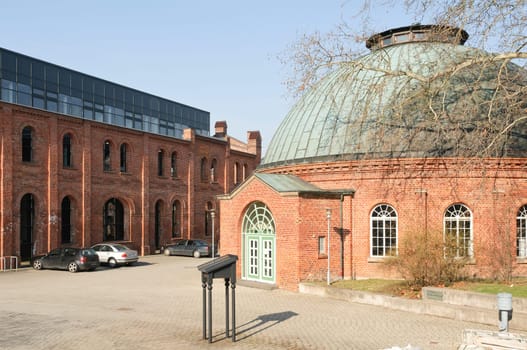

Modern façade
Stock PhotoUsername
runzelkornResolution
4288x2848pxModern façade


Modern façade
Stock PhotoUsername
runzelkornResolution
4288x2848pxModern façade
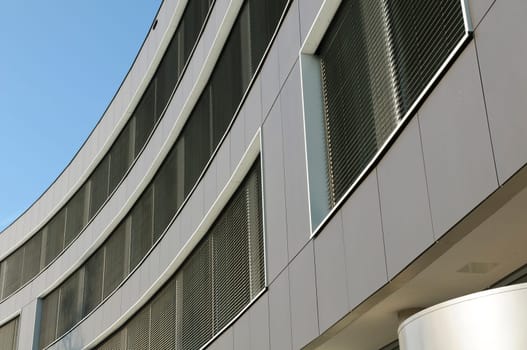

Kassel,house with historic façade
Stock PhotoUsername
runzelkornResolution
4116x2734pxKassel,house with historic façade
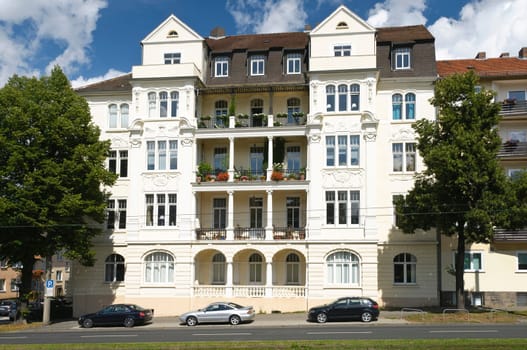

Devil's Bridge in Bergpark Kassel Wilhelmshöhe at night
Stock PhotoUsername
runzelkornResolution
2848x4288pxDevil's Bridge in Bergpark Kassel Wilhelmshöhe at night


Schloss Wilhelmsthal 2009
Stock PhotoUsername
runzelkornResolution
4194x2785pxSchloss Wilhelmsthal 2009


Devil's Bridge in Bergpark Kassel Wilhelmshöhe at night
Stock PhotoUsername
runzelkornResolution
4288x2848pxDevil's Bridge in Bergpark Kassel Wilhelmshöhe at night
